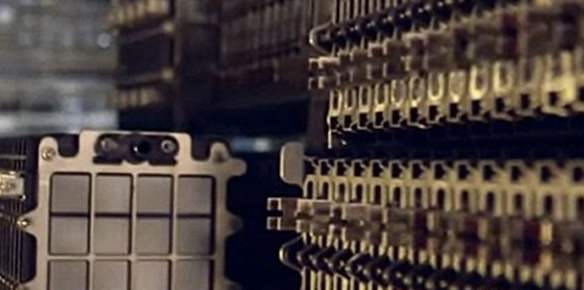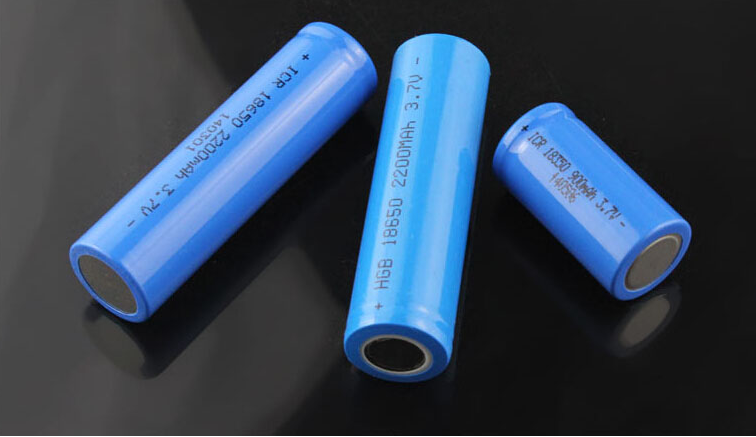Lithium Battery Cost Per Kwh-Chances And Risks
Nov 23, 2019 Pageview:1255
As the most widely used energy storage device in the fields of consumer electronic and electric vehicles, lithium ion battery (LIB) is closely linked to our daily lives, where safety is paramount. Lithium ion battery is a multidisciplinary product that is typical. A small single cell is made up of multi-scale organic and inorganic materials. Furthermore, its relatively closure property made it difficult to study online, let alone at the level of the battery pack or system. Security, also expressed in abuse safety, including mechanical, electrical and thermal abuse, is a very complicated issue for Lithium ion batteries. In large-scale installations, security must be assured. Here, primary materials and cell development techniques relevant to safety issues with cost per kwh will be reviewed. The battery's main components, includes cathode, anode, electrolyte, and separator. Cell design and manufacturing techniques also have a major impact on the electrochemical and safety performance of the cell. Here we're going to review the single-cell thermal runaway cycle and some recent advances in battery materials and cell layout.
How Much Does Lithium Battery Cost Per Kwh?
The electrification of cars and the need to store renewable energy-generated electricity-mainly solar and wind-indicate a huge demand for lithium-ion batteries.
Over the past decade, lithium-ion battery prices have plummeted. According to Bloomberg NEF, battery pack prices reached $1,160 per kWh in 2010, but dropped to $176 per kWh last year, and experts suggest that by 2024 they could be less than $100 due to advancement. Whereas, new researches have suggested that lithium-ion battery prices could drop dramatically by 2020, creating conditions for widespread adoption in some markets of electrified vehicles.
Battery Technology Charges Ahead
The most experts agree that energy storage prices will fall in the years to come, but disagree about how far and how quickly. This is an important debate because a large fall in battery prices could have far-reaching effects across industries and society itself. Cheaper batteries, in particular, may enable wider adoption of electrified vehicles, potentially in disrupting power, transportation and petroleum sectors.
We built a comprehensive, bottom-up "would cost" model to inform the discussion, which estimates how lithium-ion battery prices in the automotive industry will evolve by 2025. Our analysis shows that the price of a complete automotive lithium-ion battery pack could drop from $500 to $600 per kilowatt hour (kWh) by 2020 to about $200 per kWh and by 2025 to about $160 per kWh. In the United States, with gasoline prices above or below $3.50 a gallon, car manufacturers buying batteries at prices below $250 per kWh may compete with electrified vehicles on a total cost-of-ownership basis, with automobiles powered by advanced internal combustion engines ( exhibit ).
Naturally, in addition to battery prices, the pace of adoption will depend on a range of factors. It is important to have macroeconomic and regulatory check on the conditions of batteries, vehicle performance and reliability and customer preferences. And the pace at which car manufacturers realize lower battery prices could differ by three to five years, the duration of a product development cycle is depending on the portfolio strategies adopted by these companies.
In addition, the emergence of cheaper batteries is likely to stimulate further innovation in other technologies, such as internal combustion engines. These advances would not only increase the likelihood that over the next decade but whatever technology prevails, the broader transport economy will also be reshaped and advanced.
lithium battery Cost Trend And Risk
At the current rate, Lithium ion batteries are expected to reach US$ 100/kWh before 2030 at the DC level and will probably reach 300Wh / kg. These rates appear to be linear; these metrics will be met much earlier if greater compounding occurs. The main driver for this development is the increasing production volumes led by the automotive industry.
The trend which is set as mentioned in figure 1, disaggregates the price of automotive battery packs into over 40 underlying drivers, accounts for anticipated improvements in areas such as materials processing and production, as well as overhead costs and margins for different segments of the value chain so that in upcoming years the cost of lithium ion batteries decrease and the inventions of electric cars or vehicles will be possible. This component-by-component view of future battery prices is based on a primary research foundation, including interviews with industry, academia, and government experts.
Our work suggests that the day when electrified vehicles become more convincing alternatives to vehicles driven by internal combustion engines could be boosted by three factors at least on a total cost-of-ownership basis.
Development on a scale. Scale effects and productivity improvements in manufacturing could mostly be achieved by 2015, representing about one-third of potential price cuts by 2025. Savings would benefit primarily from optimizing production processes, standardizing facilities, and distributing fixed costs over higher volumes of units. Therefore, new plants could be much more competitive than those in service prior to 2010–11.
Lower prices of materials. Reductions in the prices of materials and components could mostly be achieved by 2020, representing about 25 percent of the overall savings opportunity. EBIT margins could fall to half of today's 20-40% under competitive pressure. Unit suppliers will significantly reduce their costs by increasing productivity in manufacturing and shifting operations to optimum cost locations.
Technologies that boost battery capacity. Technical advances in cathodes, anodes, and electrolytes could increase battery capacity by 80-110% by 2020–25. These efforts account for 40 to 45 percent of the price reductions identified. New cathodes of batteries incorporating layered structures eliminate dead zones and could increase cell capacity by 40%. High-capacity silicon anodes are being produced by manufacturers that could increase cell capacity by 30% over the graphite anodes today. And scientists are designing cathode-electrolyte pairs that could raise cell voltage from 3.6 volts by 2025 to 4.2 volts, thus raising cell efficiency by 17 percent compared to current standards — and potentially much more.
In other sectors, particularly consumer electronics, where the global demand for cheaper and better performing batteries is strong, most developments that allow price reductions for automotive lithium-ion batteries will actually be realized first.
- Prev Article: Difference Between LiFE And LiPo Batteries
- Next Article: Lithium Ion Battery Cost-Buying, Making, Materials
Leave Message
Hottest Categories
-
Hottest Industry News
-
Latest Industry News













